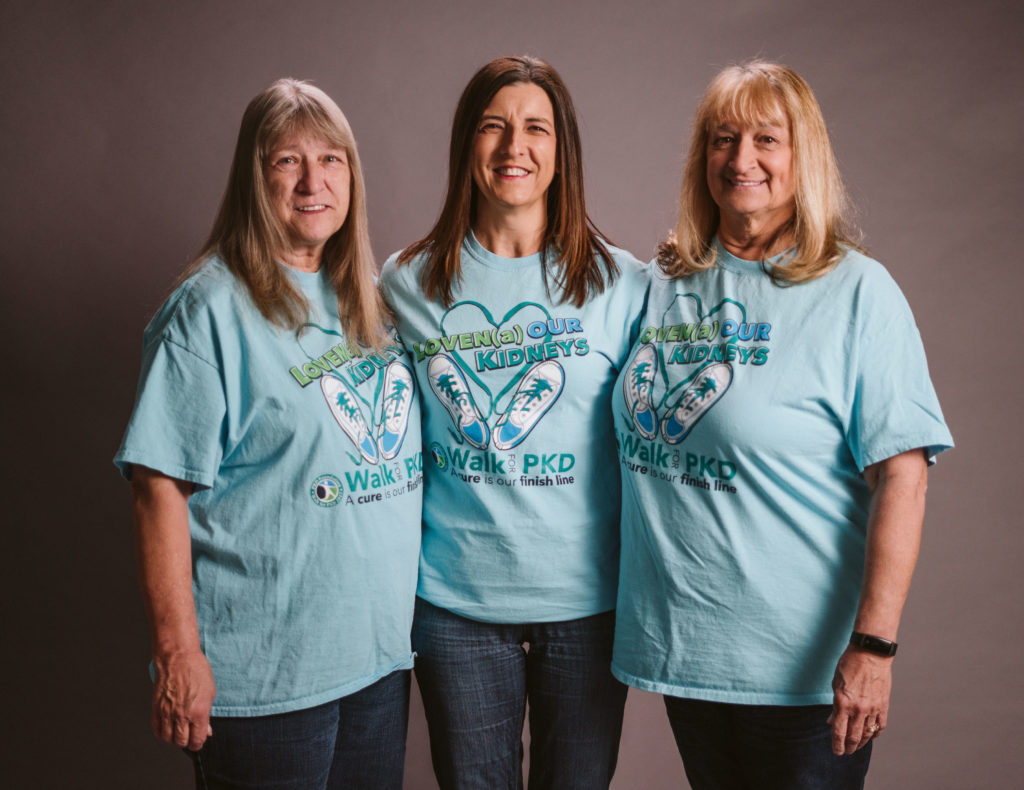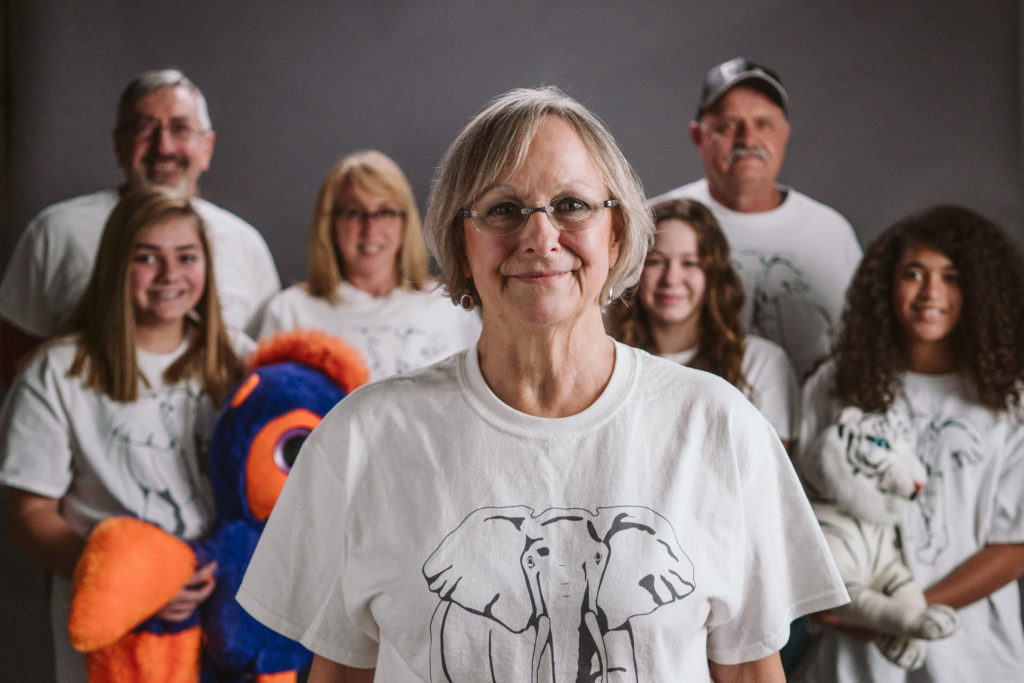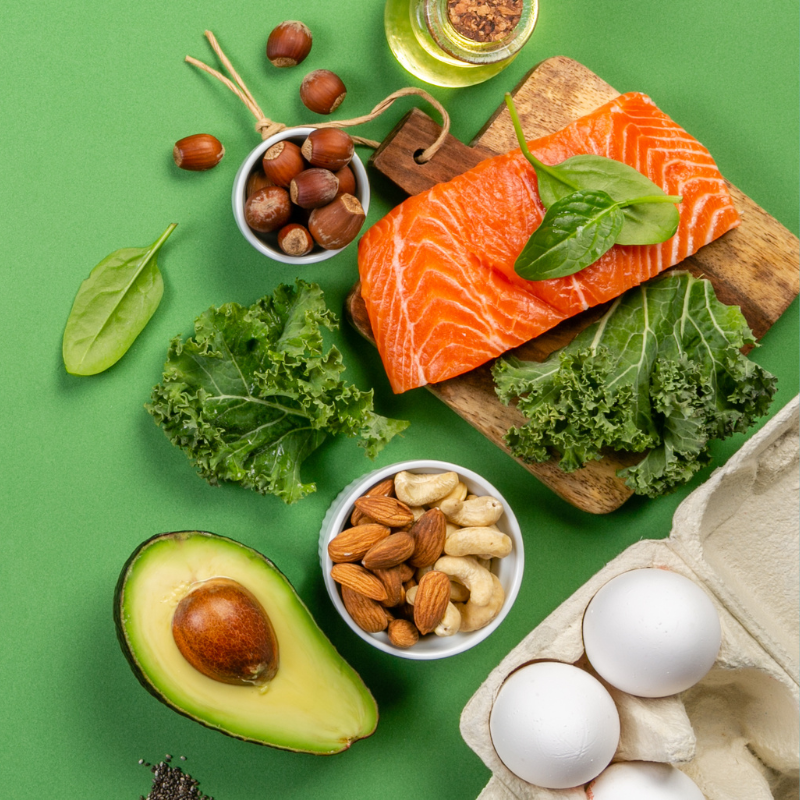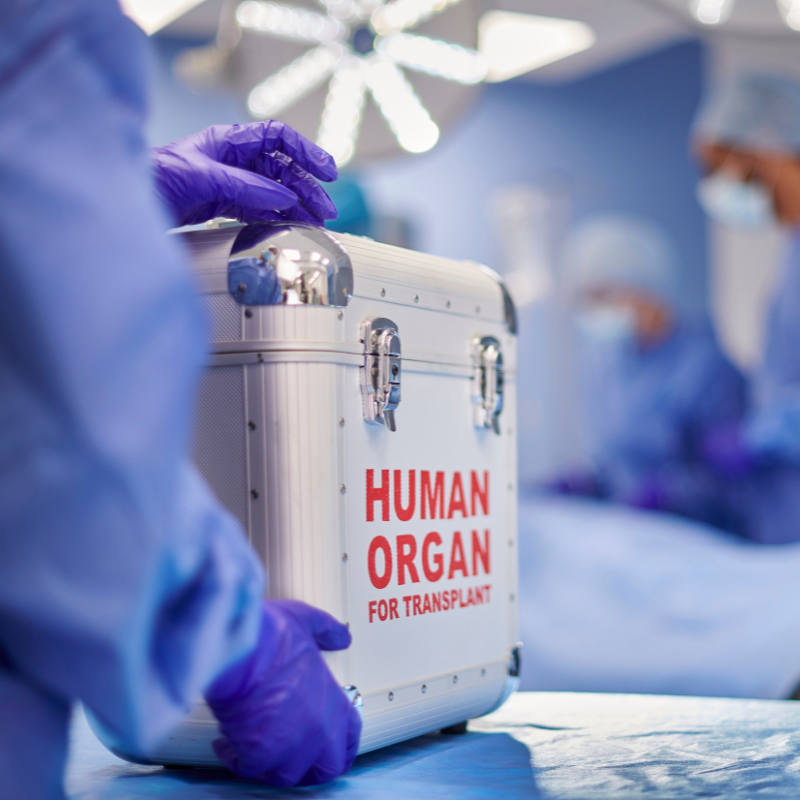
Published August 11, 2020 | For 20 years, the Walk for PKD has been the nation’s largest gathering of the PKD community. Families, friends, and PKD supporters gather every year raising vital dollars for PKD research. But that’s not the only reason they walk. Last year, we interviewed members of the PKD community to learn their reasons for supporting the Walk for PKD. Teams led by Kim Walters, Emily Decker, Nicole Harr, and Peggy Robinson joined us to show what the Walk means to them. Here’s a more in-depth look at their interviews.
So, when did you start walking for the PKD foundation?
Kim Walters: I participated in my first PKD Walk probably almost 20 years ago. I participated over the years as I could, but we started walking as a team three years ago. The Walks are a lot of fun. There are several activities like a kid run and booth setups if you want to find out information about clinical trials.
Emily Decker: The first time I did a Walk was when I was in high school. My parents were involved a few years before me. As I got older and started understanding all of what they were doing, I wanted to be involved too. So, I would go early with them to set up. The first one I went to was still down by the Country Club Plaza. It was just a lot of fun and I’ve gone ever since. I think I’ve been to at least 10 Walks now.
Peggy Robinson: When I was diagnosed with PKD, I was about 45 years old. And of course, I knew nothing about it. I heard about the Walk and went to the first few Walks just to learn more about it and to be supportive. Then I continued to go to the Walks and brought more and more people. We decided we’d actually have a family team and came up with a design for the T-shirts.
Nicole Harr: My family started walking for the PKD Foundation in 2002. It was about a year after I was diagnosed and my father passed away from PKD.

Kim Walters (center) and part of her Walk team
What’s the PKD community like?
Nicole: A passionate, dedicated group of people. It’s patients, families, friends, physicians, researchers, clinicians. It’s everyone coming together to learn about the disease, raise money so we can fund more research, and to make sure that future generations have treatments and hopefully a cure.
Emily: I guess I’m kind of new to it. I’m just starting to get involved as a patient before I was just there for my mom. There’s a lot of support. It’s a big community, and it’s a lot of really good people.
Peggy: The community is very open and welcoming. At first, people are shy because they’re thinking, “I don’t know any of these people.” But then you find out that someone else is suffering from something similar. There’s a Facebook page where people can say, “Has this ever happened to you?” It’s comforting, and everybody’s very willing to share their own experiences so that we can all learn more about it.
What would you say is your favorite thing about the Walk for PKD?
Kim: My favorite thing about the Walk is getting my friends and family together to support the cause. Also, just bring with the PKD community because as you get involved with the organization you meet a lot of people and everyone’s there for the walk. It’s just fun to connect and see friends.
Peggy: My favorite things about the Walk are the fun doughnuts because I usually don’t allow myself doughnuts except for that day. It’s also amazing to me to see 400 or 500 people there together all walking for a common cause. I talk a lot about other events that are coming up and we get to visit with people, meet new people, and learn that there’s a huge community of people who have PKD.

Peggy Robinson and her Walk team
Why is it important for people to participate in the Walk for PKD?
Kim: I think it’s important for people to participate in the Walk because it helps spread the word to other people. We had people walk on our team this year who weren’t family members, friends from our church that we invited to participate. One of the things that I did this year was put things about the Walk on social media. I would invite people to either donate or join our team. Our team members have grown over the years and it was nice to have a bigger group. It’s just really important to raise awareness and to raise funds for research.
Nicole: The Walk is an incredibly important day for me and my family because it gives us the opportunity to do something to fight this disease. Funding research, making sure future generations have a better path and don’t suffer the full effects of the disease like I have and my dad and grandfather did. It’s an opportunity to meet other people, to get inspired and motivated by their stories, and to come together for the same cause.
Why should people create a Walk for PKD team?
Emily: I think the best reason to create a team is to bring people who might not have otherwise come to the Walk. You can get them involved and learning about PKD and what they can do. I think a lot of my friends, especially in college, joined my team. Now they know a lot about the disease, and I see them they post about it on their own social media.
Has participation in the Walks inspired you?
Nicole: My first Walk for PKD I really didn’t want to go to the Walk that year, but I did because I felt like I needed to. I felt surrounded by people who cared about the same things that I’ve cared about. They were living a life with PKD and they were doing all these normal things even though they had PKD, and that made me feel like I wasn’t alone.

Emily Decker and her family
Why should people donate to the Walk?
Kim: People should donate to the Walk because that’s what funds the research that’s going to make differences in people’s lives in the future. And there’s not a lot of research that gets funded in other ways. The Foundation has just been phenomenal raising funds over the years and funded numerous trials that have resulted in treatments for patients with PKD.
Peggy: I’ve spent a lot of time fundraising so the first thing I do is show them a picture of a PKD kidney because they’re so striking to people. That really brings it home. I want to let them know the kind of things they have. Because those who have PKD don’t look sick, but we have a lot of issues. Some of our vanity is bad because we have this big kidney belly. But it’s important that people learn there is a disease out there and that donations are what’s going to get us a cure. The amount of money it takes for a drug, even a repurposed drug, to get through the FDA is astonishing. Every bit of money we can gather helps.
What does the Walk mean to you?
Kim: For me, the Walk is a day to get my friends and family to rally around the PKD cause. Getting together with friends from the Chapter and from the Foundation, and just supporting each other and knowing that we’re all in this together as we fight for a cure.
Emily: The Walk is a symbol of hope for all of us. When everybody gets together, it’s easy. Seeing all of the researchers out there, which they work so hard all the time, you can go up and ask questions and see what’s going on. It’s where I got involved with a clinical trial.
Peggy: It means getting to see a lot of other people who have PKD and experience the community as well as raising funds for research. Since all the money that’s raised for the Walk goes directly to research, it’s very important, especially with last year there being a drug finally repurposed for the use of slowing the progression of PKD. It’s just very near and dear to my heart.
To find a virtual Walk for PKD event near you, visit walkforpkd.org and register today. Let friends, family, and coworkers know about your commitment to ending PKD by tagging photos and comments using the hashtags #WalkforPKD and #endPKD on social media. Join us in raising funds for critical PKD research.









0 Comments